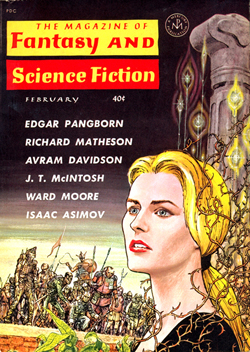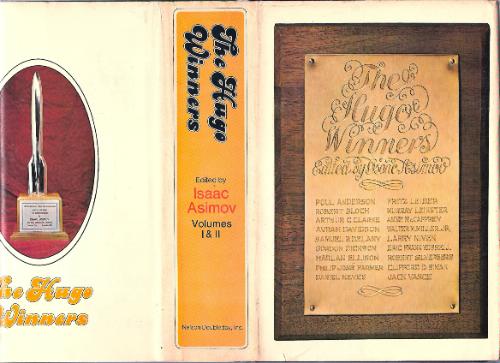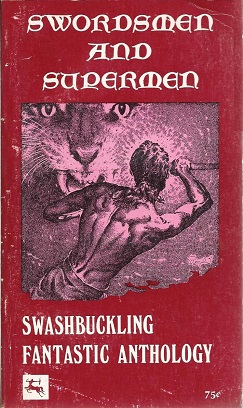Victoria Silverwolf
Vegetarian Werewolf
"The Unbolted Door" by "Mrs. Belloc Lowndes" (Marie Belloc Lowndes) (1929) -- Years after their son is reported missing in action in the Great War, a married couple receives a ghostly message from him. Notable mostly for the spirit's motivation.
***SPOILER ALERT***
The wife has refused to sleep with her husband after the loss of their only child, and the ghost returns to bring them back together.
"The Buick Saloon" by Mary O'Malley (1931) -- A woman in the European section of Peking hears a woman's voice (presumably that of a ghost, although this is not said directly) in her automobile. (Americans like me may need to know that a "saloon" is what we call a sedan.) Her romantic fantasies about the woman's love affair lead to an ironic discovery. Enjoyable for its sardonic wit, and for lots of local color.
"Shambleau" by C. L. Moore (1933) -- Famous, frequently reprinted science fantasy about the seductive creature in the title. I've reviewed it before, so suffice to note the author's lush, sensual style.
***SPOILER ALERT***
The wife has refused to sleep with her husband after the loss of their only child, and the ghost returns to bring them back together.
"The Buick Saloon" by Mary O'Malley (1931) -- A woman in the European section of Peking hears a woman's voice (presumably that of a ghost, although this is not said directly) in her automobile. (Americans like me may need to know that a "saloon" is what we call a sedan.) Her romantic fantasies about the woman's love affair lead to an ironic discovery. Enjoyable for its sardonic wit, and for lots of local color.
"Shambleau" by C. L. Moore (1933) -- Famous, frequently reprinted science fantasy about the seductive creature in the title. I've reviewed it before, so suffice to note the author's lush, sensual style.







